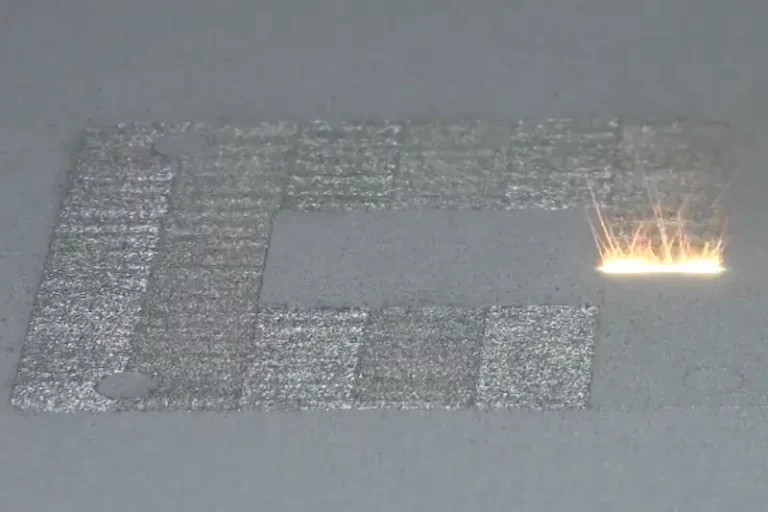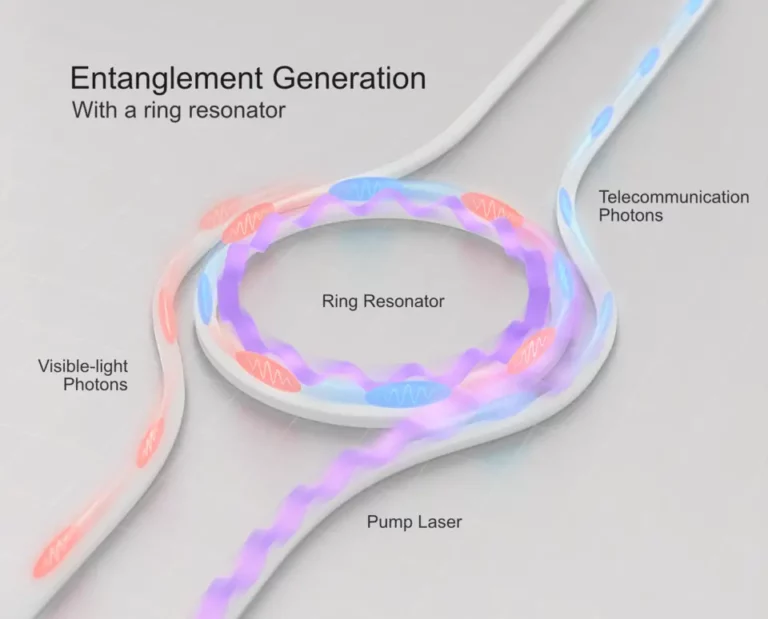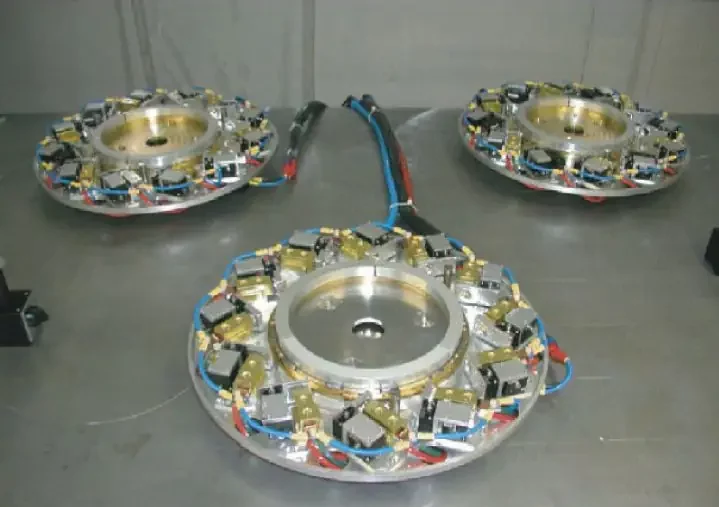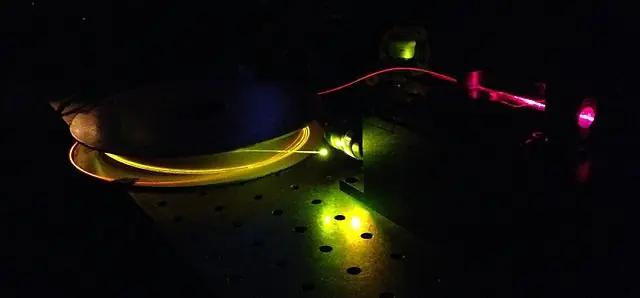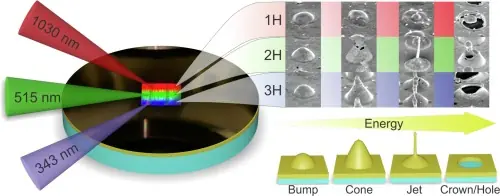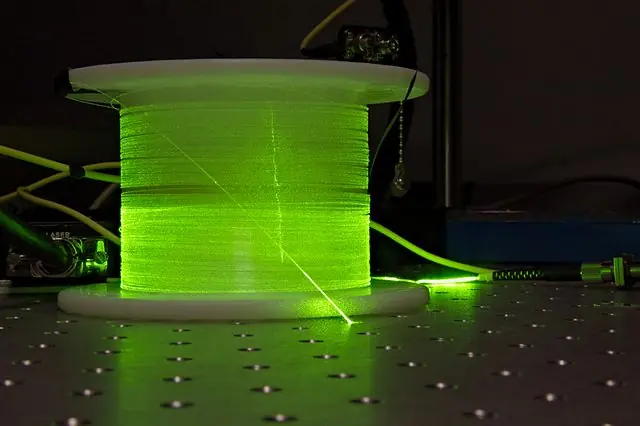Ultrathin Metasurface Beam Splitter: The Future of Integrated Optical Systems
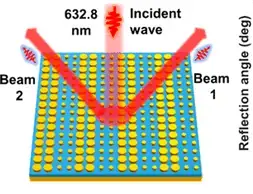
Breaking the barriers of conventional optical components, a team of researchers has developed an ultrathin metasurface beam splitter that can split light into two predesigned directions with variable power distribution. The beam splitter, based on the metasurface concept, uses an array of circular gold nanocylinders that introduce phase discontinuity on the scattering wavefronts to manipulate electromagnetic waves. The metasurface-based beam splitter operates in the visible spectrum and has potential applications in integrated optical systems. In this article, we present a detailed analysis of the design, fabrication, and performance of the novel beam splitter.
Design and Fabrication of the Metasurface-based Beam Splitter
To achieve the desired properties of the beam splitter, the researchers used metal-dielectric-metal (MDM) scattering unit cells consisting of circular gold nanocylinders with two different diameters arranged on the surface in an array configuration. The team designed and fabricated the ultrathin beam splitter using electron-beam lithography and lift-off techniques on a glass substrate. The beam splitter’s thickness was only 240 nm, which is orders of magnitude thinner than conventional beam splitters. The small thickness of the beam splitter is made possible by the subwavelength nature of the nanocylinders, which can manipulate the phase of light waves. The researchers optimized the diameter and arrangement of the nanocylinders to achieve the desired phase modulation and split angle of the beam splitter. The fabrication process parameters were also tuned to ensure precise alignment and uniformity of the nanocylinders.
Testing and Results: An Efficient and Controllable Beam Splitter” To test the effectiveness of the proposed metasurface-based ultrathin beam splitter, the team used a single-frequency laser beam with a wavelength of 633 nm and a polarization angle of 45 degrees. The incident angle was varied, and the resulting beams were measured using a charge-coupled device (CCD) camera.
The results showed that the metasurface-based beam splitter could efficiently reflect the incident wave toward two predesigned directions, with high reflectance efficiency of up to 82.7% for both beams. The split angle and power distribution between the two beams could also be readily controlled by setting a proper incident angle. The team noted that the split angle could be tuned from 15 to 75 degrees, while the power distribution ratio could be adjusted from 1:1 to 1:9.
The experimental results were in good agreement with simulations and theoretical predictions, confirming the effectiveness of the proposed beam splitter design.
Potential Applications for Ultrathin Metasurface-based Beam Splitters
The proposed ultrathin beam splitter has several advantages over conventional bulky optical components, including compact size, light weight, low cost, and high performance. These properties make it an attractive candidate for use in integrated optical systems, such as holography, imaging, sensing, and communication.
For example, the metasurface-based beam splitter could be used to split a single laser beam into multiple beams for parallel processing or display. It could also be used to generate multiple beams with different power distributions for various applications, such as optical trapping and manipulation, surface plasmon resonance sensing, and quantum information processing.
The team noted that the proposed beam splitter could be further optimized by tuning the geometrical parameters of the nanocylinders, such as the size, shape, and spacing. They also suggested that the metasurface concept could be extended to other wavelengths and polarizations, as well as to other types of optical components, such as lenses, polarizers, and filters.
Future outlook
The metasurface-based beam splitter has significant implications for future work in integrated optical systems. Its ability to split an incident wave into two predesigned directions with variable split angles and power distributions make it a desirable component for a range of applications, including optical sensing, spectroscopy, and imaging.
Compared to conventional bulky optical components, the ultrathin beam splitter offers several advantages, including its compact size, ease of integration with other optical components, and the ability to control the split angle and power distribution of the reflected beams. Moreover, the proposed beam splitter can operate in the visible spectrum, which makes it highly relevant for a wide range of applications.

